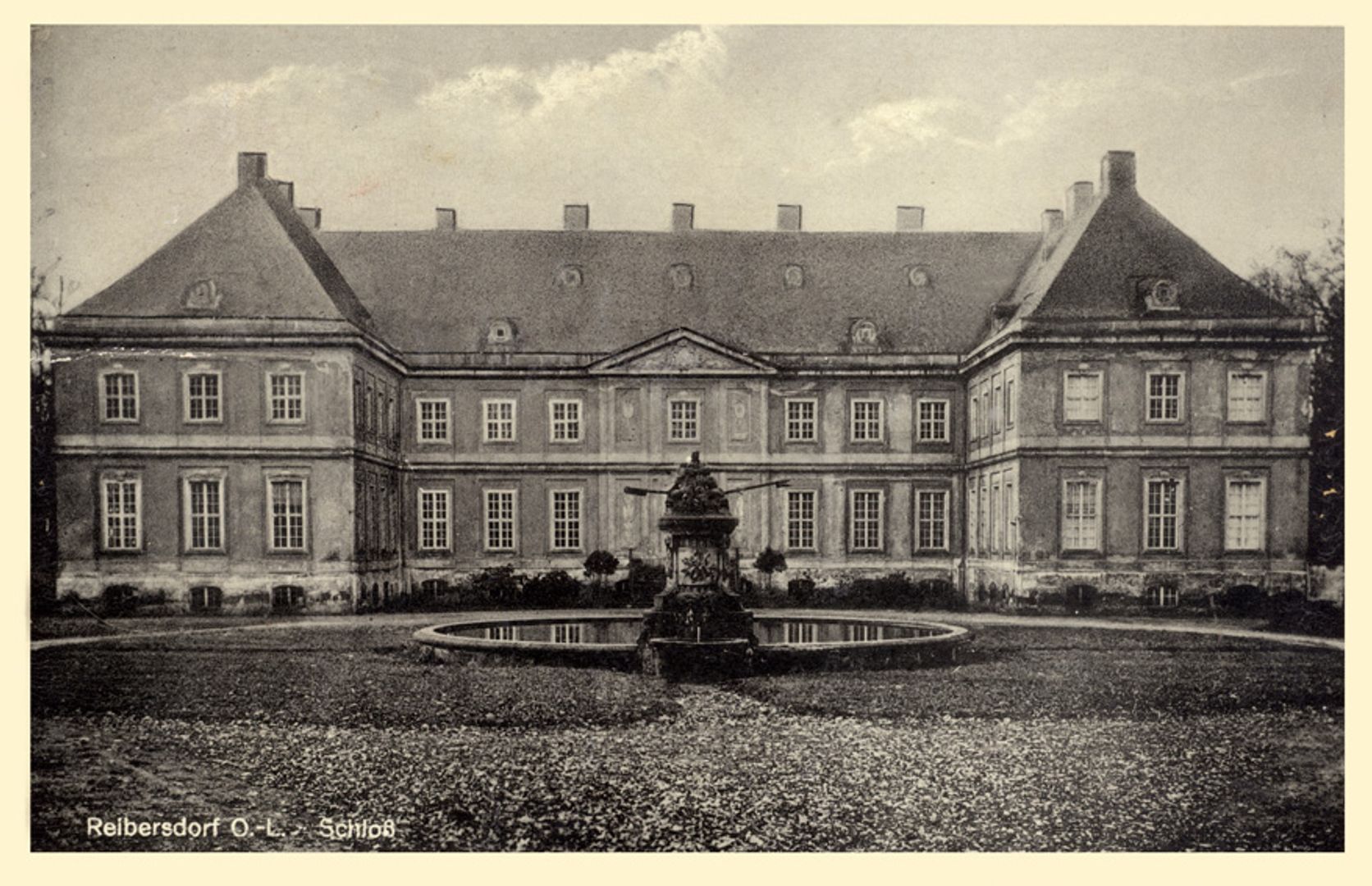Fishermen's Village
6.07

Overview
Rybarzowice, also known as Reibersdorf, is a non-existent village in the Lower Silesian Voivodeship, founded in the Middle Ages, with the first records dating back to 1381. The origin of the village's name is a subject of etymological debate, as it may derive from either the Slavic word "Rybar" or the German word "Räuber." In the 17th century, the village became the property of the von Nostitz family and later the von Einsiedel family, the latter of whom built magnificent palaces in Rybarzowice. The Old Palace, constructed in 1690, served as the family's residence until the mid-18th century, while the new, more monumental palace was built between 1763 and 1776 and was designed by architect Andrzej Hunigen. These buildings, rich in stucco decorations and valuable works of art, such as paintings by Canaletto, reflected the growing importance of the region during the Baroque and Rococo eras.
Rybarzowice also had a rich cultural life, with developed service infrastructure, a school, and various social associations, including a choir, a fire brigade, and youth organizations. The railway connection with Zittau and Bogatynia, established in 1884, contributed to the village's development. After 1945, due to political and economic changes, the village came under the management of the State Agricultural Farm (PGR), and its social life declined after the displacement of residents due to the expansion of the nearby Turów Brown Coal Mine. Eventually, Rybarzowice completely disappeared from the map during mining operations, with the last house being vacated in 2000. Today, mining activities are conducted on the site of the former village, and its history and destruction serve as a tragic example of the loss of local identity. Two houses, which were listed as historical monuments, also did not survive. Rybarzowice remains a symbol of the social and economic changes that affected many villages in Lower Silesia in the 20th century.
Location
2025 Wizytor | All Rights Reserved